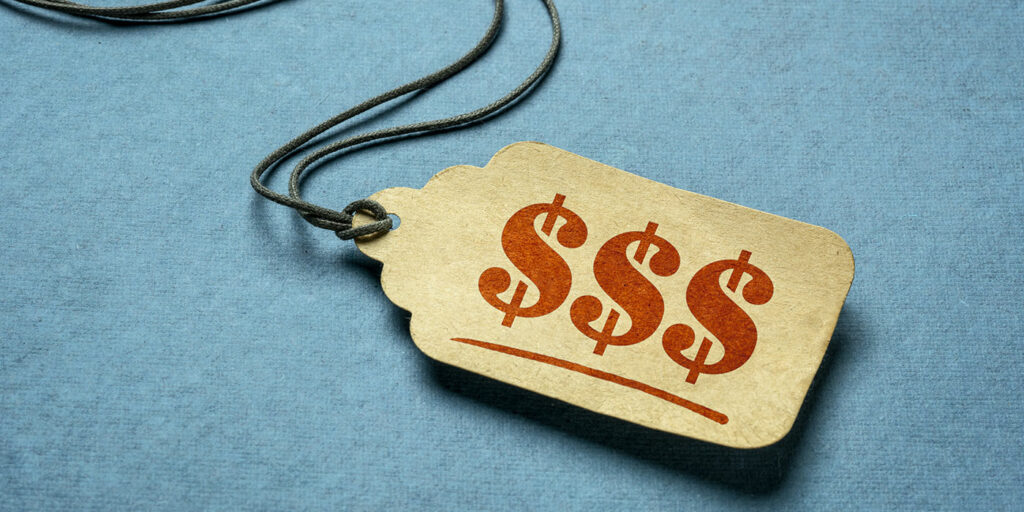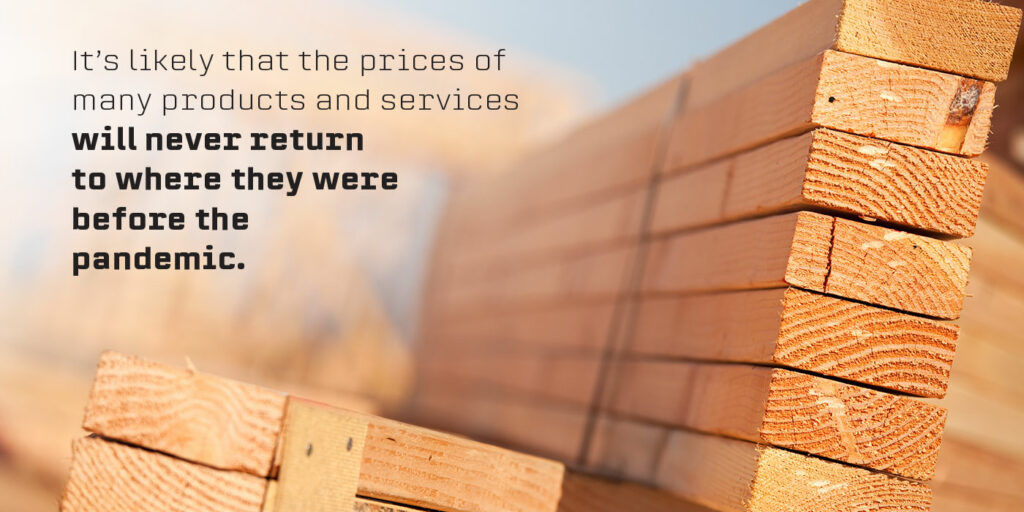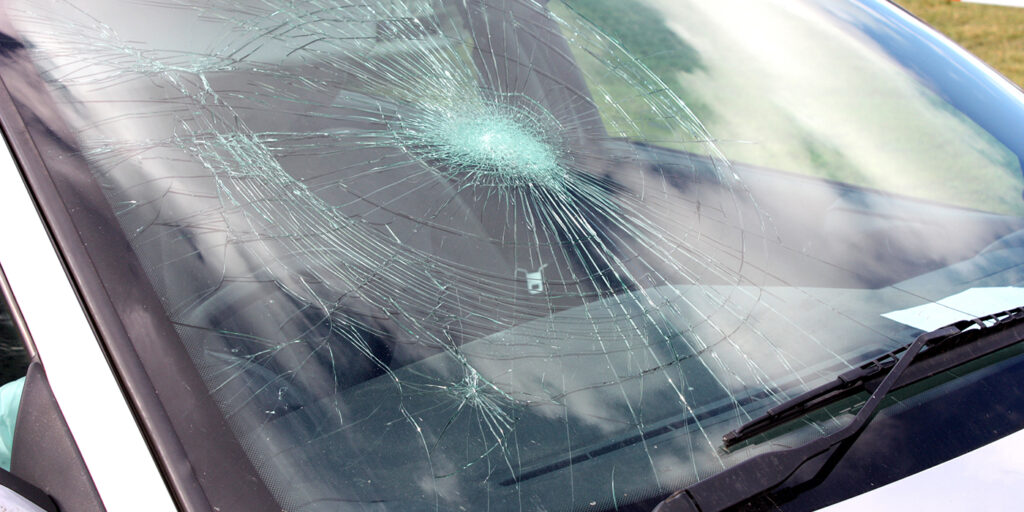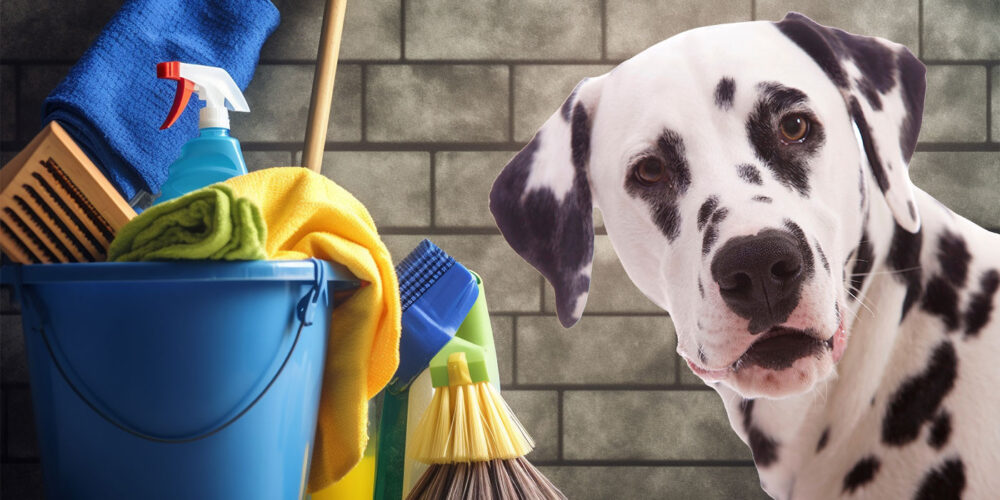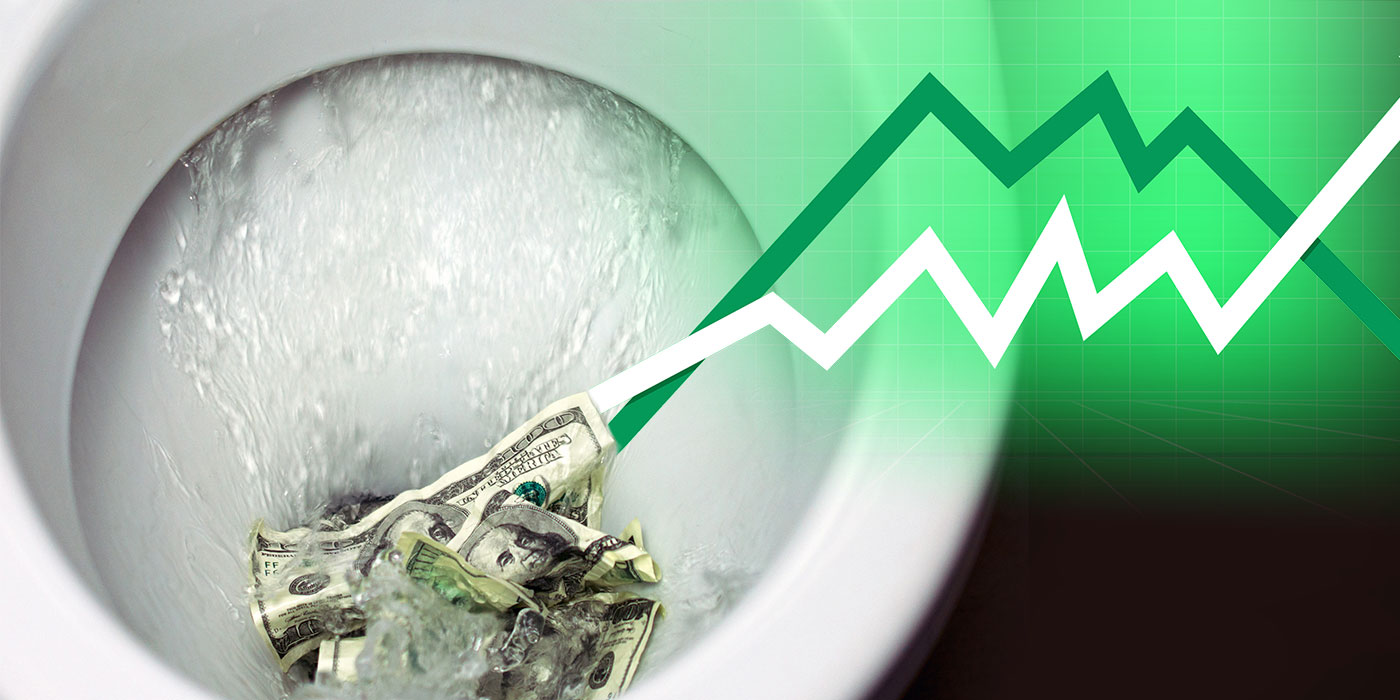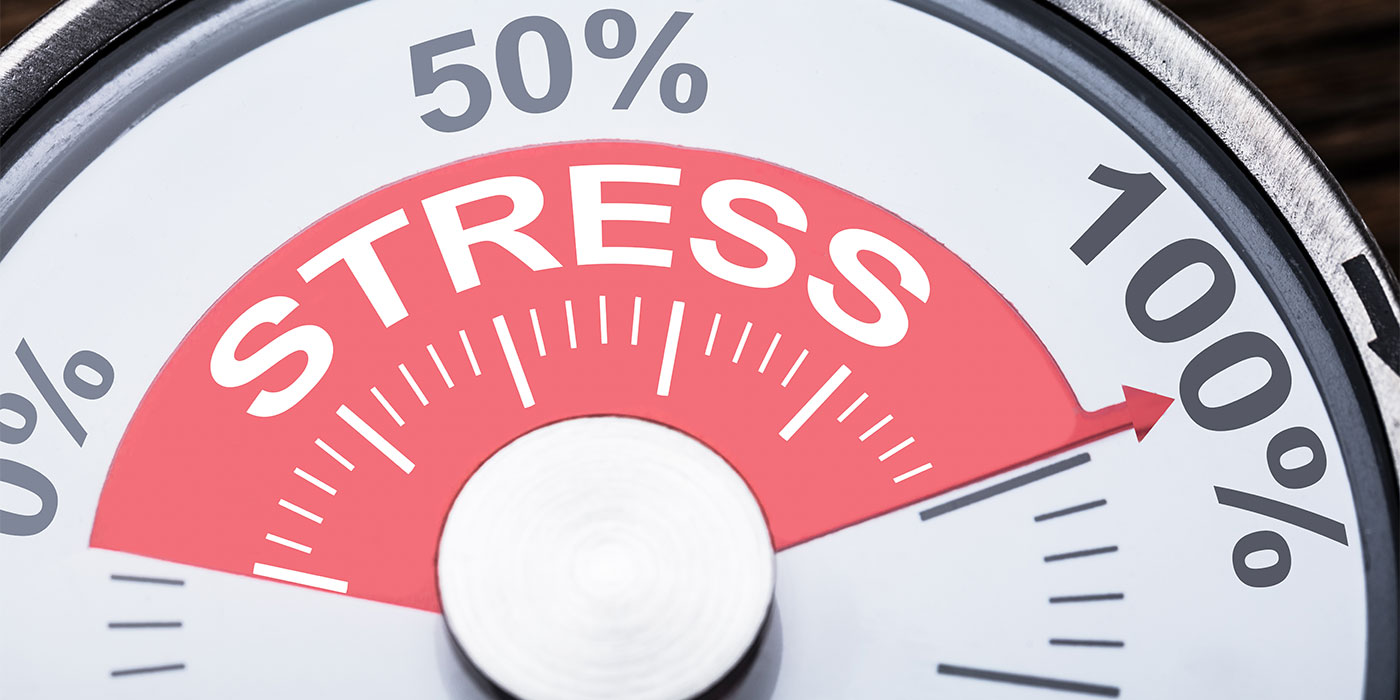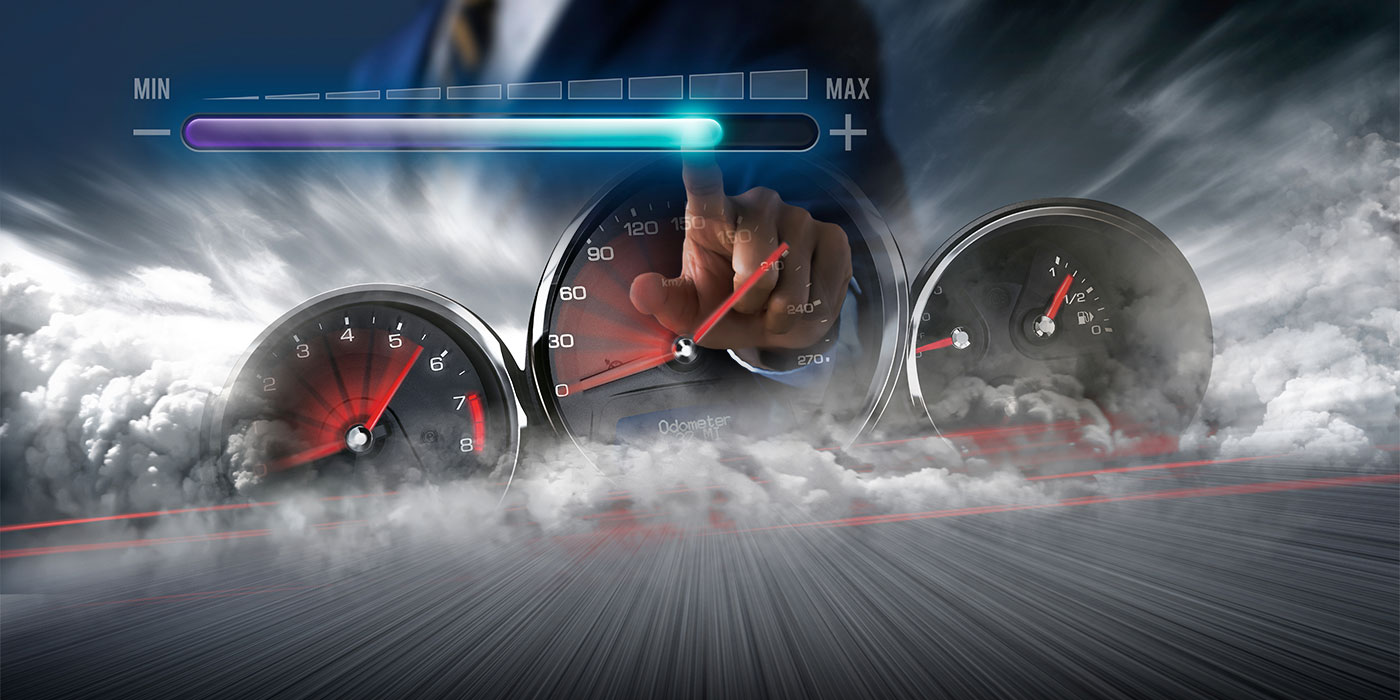As I touched on in my column last month, as things begin to return to some sense of normalcy and our daily lives begin to resemble what they looked like before COVID, there is now a “new normal.”
As the recovery continues, some things will revert to normal while changes that were once believed to be temporary will continue to exist – like changes in the overall economy and pricing of consumer and corporate goods and services.
Break Out the Lumber
While lumber production has hit a 13-year high, lumber prices have soared a whopping 406% over the past year in some areas of the country and currently remain at over 200%. The National Association of Homebuilders stated that the increases added more than $24,000 to the price of the average single-family home.
I recently had our wooden deck repaired and the quoted price went from $900 to $2,100! I’m now holding off on other needed repairs until there is some easing in lumber pricing. I’m even considering using manmade material instead of wood.
A Full Recovery?
While many are breathing easier and seeing restrictions being eased, with everyday items like gas up 56%, one wonders if we’ll ever see a true full recovery or, instead, a pricing reset of the entire economy. It’s likely that the prices of many products and services will never return to where they were before the pandemic. The sad fact is that pre-pandemic prices may never return.
What does this mean for small businesses? Business owners will be forced to forecast the future and reevaluate their pricing based on numerous known and foreseeable factors.
For those of us who are old enough to remember the gas shortage in the 1970s, for the collision repair industry, higher petroleum prices will equate to higher prices on all petroleum-based goods, from paint-related liquid goods to masking tape. It will also cause other industries that rely on petroleum to review and revise their pricing as well – for example, shipping, trucking, airlines and trains. Higher transportation and delivery costs will translate into higher prices for most if not all goods and services.
Auto Glass
GlassBYTEs.com, which covers the auto glass repair and replacement industry, recently featured an article that serves as a good example of this pricing increase. Migrant Glass Co. Inc., one of the nation’s largest automotive glass product distributors, is raising their prices due to rising delivery costs, which is directly affecting auto glass repair/replacement service providers. Not only are Migrant’s delivery costs rising but also costs of receiving the products they purchase for resale. These increases are eroding the profitability of the glass service providers, forcing them to either absorb the losses or pass the increased costs on to their customers.
Reviewing Your Pricing
The collision repair industry will continue to see its pricing affected as the new normal takes shape – and those who don’t react and respond in a timely manner will sustain losses they may never recover from. Once lost, profit cannot be recouped no matter how hard or smart you work after the fact!
When was the last time you reviewed your company’s pricing to ensure it was competitive within your market area? I’m not merely referring to other repairers, I’m speaking to state and federal pricing changes that have no doubt affected your costs and profits.
I believe this is a perfect time for quality-oriented repairers to evaluate their current pricing and consider adjusting it to where it needs to be to remain competitive yet profitable. This is what successful businesses, like insurers, do.
However, a dramatic change in a repairer’s pricing will no doubt be met with significant resistance from insurers. If it were me, I would make adjusting my pricing like eating an elephant or boiling a frog without it realizing what was taking place: a little bit at a time. And when you do make a change, share your new pricing by sending out notices to insurers, suppliers and other shop owners/managers who operate in the same market you do.
If you fail to stay up with the changes in the economy, you’ll continue to fall behind. I would wager that right now, you’re already seriously behind others who offer repairs for lawn mowers, bicycles, household appliances and computers who don’t have the added burden of loading families into their repaired products and sending them down the road at 70 miles per hour.
Claims Handling
Let’s look at the recent changes in claims handling with insurers. Due to the pandemic and related potential liabilities, insurers have not been sending claims staff to body shops to inspect damaged vehicles. This actually started before the pandemic with the advent of photo estimating, and I predict that it will continue to increase in the future.
Consider the savings insurers are enjoying by reducing personnel and limiting claims staff salaries/benefits, office space, vehicle, insurance, maintenance and fuel-related costs. But rest assured that, while their operating costs diminish, their rates will continue to increase as will their profits and the satisfaction of their shareholders.
With the continued growth of MSOs and DRPs, insurers’ goal will be to have consumers use these preferred repairers whenever and wherever possible so they can control the claim and repair costs and avoid all liabilities that may arise from the performed repairs.
Independent, quality repairers should view all of these new dynamics as an opportunity to reconsider their offerings and augment their processes and billing practices. For example, no longer providing free estimates but instead offering a “no-obligation consultation” where you have the opportunity to meet and greet the customer and sell yourself, your company and your services. Then, when you’ve earned the consumer’s trust and confidence and have a signed repair authorization/contract, you can then provide the services you once gave away for free…for a fee.
Repairers should consider assessing reasonable administrative fees for services such as time spent reviewing and discussing the recommended repair with an insurer. You may also consider assessing a fee for the preparation of a written comprehensive damage/repair assessment, which would include time for inspection, OEM research, copying of OEM repair procedures, taking, downloading and providing photos of the damages, as well collecting other data (excluding invoices for parts and services) and preparing e-mails that may be required when dealing with an insurer’s claim representative. These are all time-consuming and often costly administrative activities that were not needed or called for in the past but are now required to meet OEM mandates/recommendations.
Summary
Let’s face it, today’s collision repair industry is no longer our fathers’ auto body shop business! Times and technologies have changed dramatically over the past decade, and more advanced changes are occurring every day – and will continue to do so in the years to come. As a businessperson, owner/manager, one either needs to get with the program…or get out of it!
Knowing what we went through during the uncertain times over the past year, we can all now be certain of one thing: if you don’t step up and get with the present, you’re destined to be stuck in the past.

